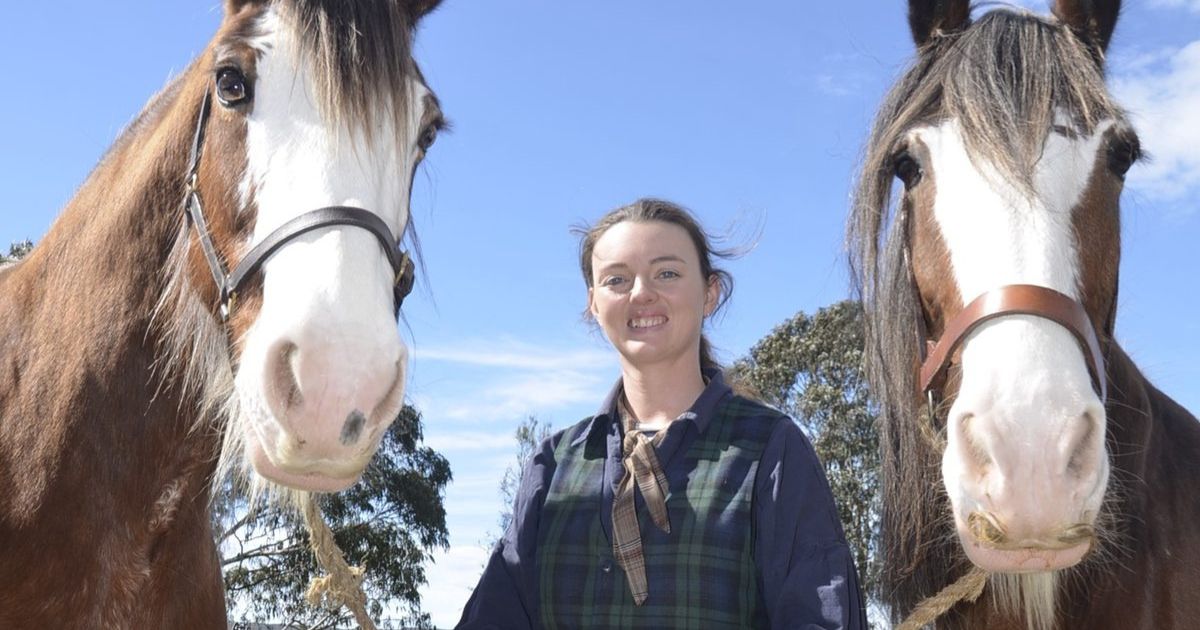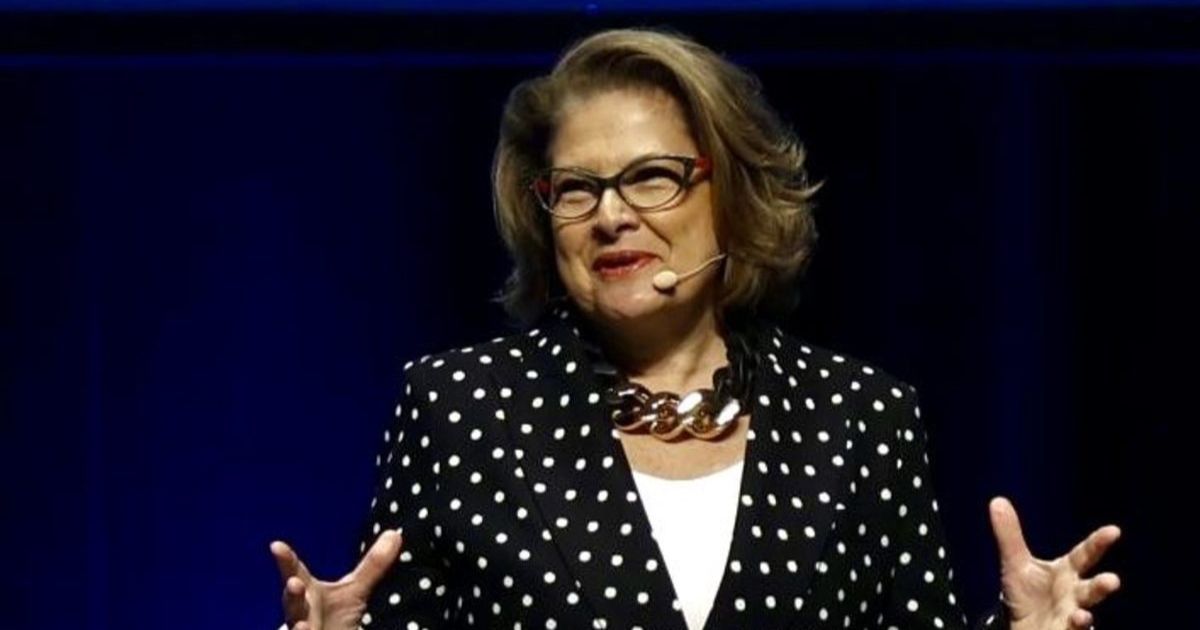Number of women in trade training increases

Skilled: Cabinetmaker, Alice Stewart, is in her final year of studies and is employed by a small upholstery and furniture restoration business. Photo: SUPPLIED
MORE women than ever before are heading to Federation TAFE to learn a trade according to recently released data.
About 340 women studied to become a tradesperson at the institution throughout 2022, growing from an average of about 240 female students in 2020 and 2021.
Seventeen per cent of trainees and apprentices learning at FedTAFE in 2023 are women, and a statement from the tertiary educator said those figures are expected to grow further following the Federal Government’s pledge to fund an Australian Skills Guarantee.
Nine percent of FedTAFE’s aspiring cabinetmakers are women, including final-year student Alice Stewart.
“When I did my first certificate back in 2018 there was a bit of shock and awe from others seeing me as a female walking into the trade centre,” she said.
“However, now it’s good to see more women in my class and doing trades in general.
“In my experience, women who are studying at TAFE don’t just see their trade as just a job, it’s a real passion for them.”
Since 2019, female electrotechnology electrician enrolments have doubled at FedTAFE, and women studying early childhood education and care has grown about 50 per cent each year.
Thirty-two per cent of agriculture, 98 per cent of hairdressing, and 92 per cent of community services and nursing students are female.
FedTAFE deputy vice-chancellor Liam Sloan said the statistics are encouraging, but there is still a way to go in attracting more women into trade based industries.
“Federation TAFE is doing everything we can to ensure industry reflects society and are always pushing for greater accessibility and inclusivity for all,” he said.
“The budget announcements echo Federation TAFE’s own commitment to encouraging women to pick up the tools in male-dominated industries.
“Federation TAFE aims to transform lives and enhance communities in the regions where we operate, and welcome more opportunities for women to enter traditionally male industries and occupations.”
Head of the Centre for Service Industries and the Built Environment, Sharyn Wright, said gender equality within vocational education and training, and the workforce, is key.
“Ensuring that our learning spaces are welcoming and inclusive for all is a focus for all in team TAFE,” she said.
“With women still disproportionately represented in traditionally male dominated industries, these figures are promising for women and girls exploring a career in the trade industry, and for addressing skilled worker shortages in the regional areas in which Federation TAFE operates.”


















